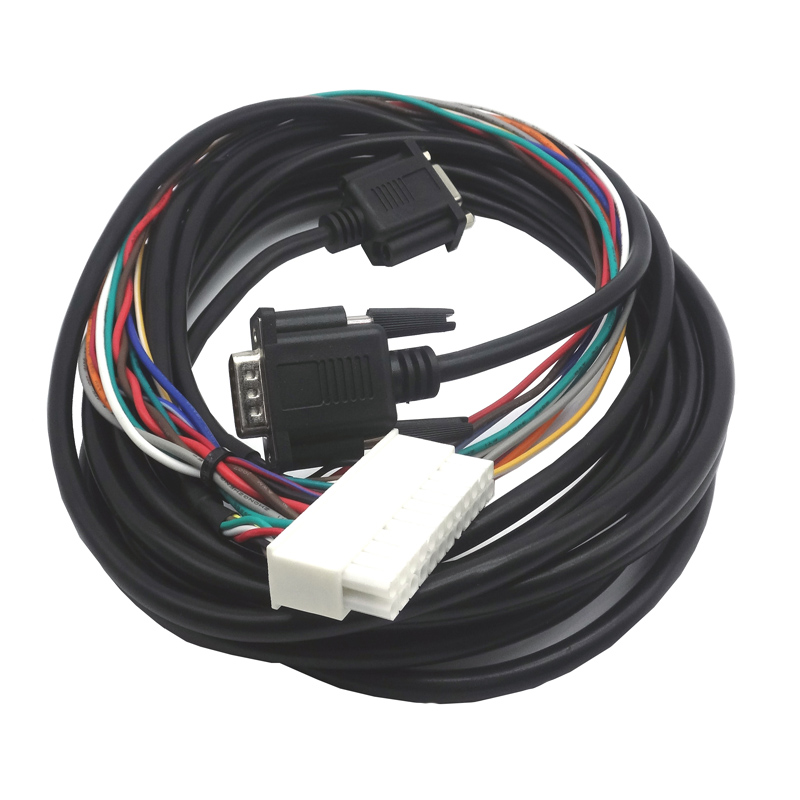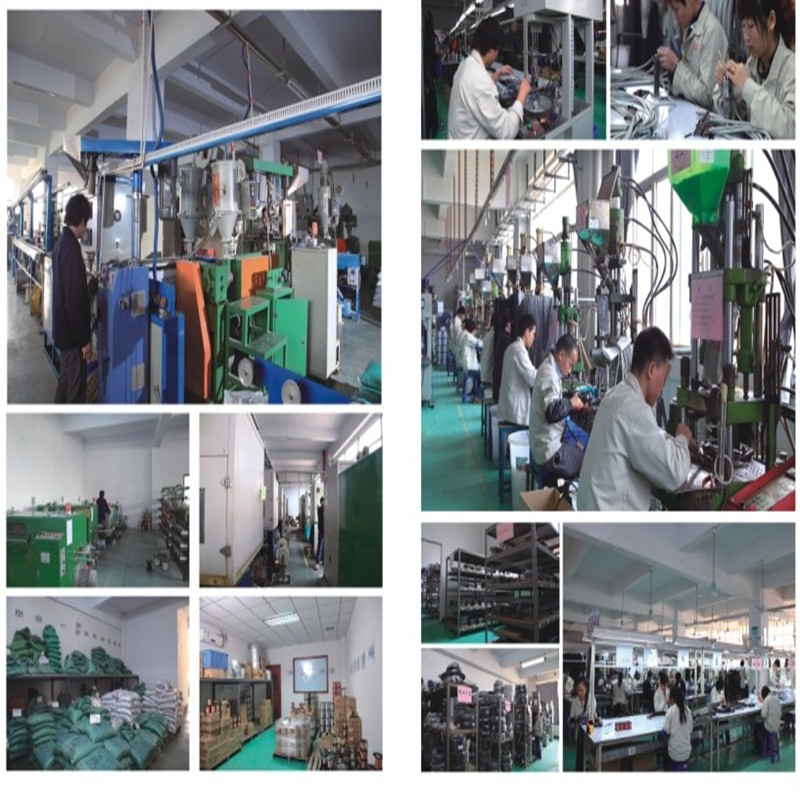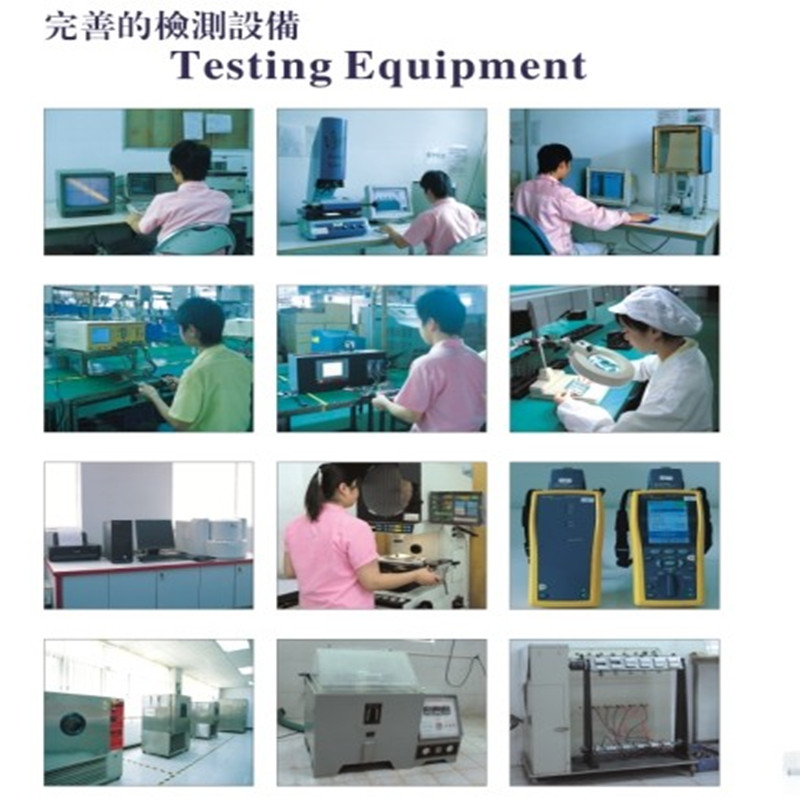Research on Integrated Intelligent Control Technology of Automotive Power Transmission System With the development of science and technology, people have higher and higher demands on automobiles. In order to pursue the economy, power, safety and comfort of automobiles, countries all over the world continue to use advanced technology and develop advanced devices, so that some of the performance of automobiles has been improved unprecedentedly. In the mid-1980s, the timely application of traditional control greatly improved the performance of the automobile system machine assembly, but it also exposed some deficiencies accordingly. The emergence and development of artificial intelligence has promoted the development of traditional control to intelligent control. Since the early 1990s, many experts and scholars have begun to attach importance to the application of intelligent control technology in the automotive field. At present, the most widely used intelligent control mainly includes fuzzy control and neural network control. 1 The concept of integrated intelligent control of automobile power transmission system 1.1 Integrated control ideas The integrated control of automotive power transmission system refers to the application of electronic technology and automatic transmission theory, with the electronic control unit (ECU) as the core, the hydraulic actuator to control the clutch disengagement and engagement, gear selection operation, and the electronic device to control the The oil supply realizes the automatic operation of starting and shifting. The basic control idea is: according to the driver's intention (accelerator pedal, brake pedal, joystick, etc.) and the state of the vehicle (engine speed, input shaft speed, vehicle speed, gear), according to the appropriate control law (change Gear law, clutch engagement law, etc.), with the aid of corresponding actuators (clutch actuators, shift selection actuators) and electronic devices (engine fuel supply control electronics) to the vehicle's powertrain (engine, clutch, transmission) Perform joint manipulation. As shown in Figure 1. 1.2 Integrated control method The integrated control method of the power transmission system is generally divided into 3 categories: (1) Adopt two or more machines to communicate. Information sharing between engine ECU and transmission ECU. This control method makes full use of the mature engine and transmission control technology, less changes to the original system, easy to implement, and low development cost, but due to more wiring, integration is not high. (2) A single ECU is used to achieve overall control of the engine and transmission. Its advantages are high integration, reduced peripheral wiring and improved reliability, but it has higher requirements for ECU and high development cost. Toyota Lexus Ls400 sedan power control system, four-speed automatic transmission with intelligent control system A341 E and engine use the same ECU, ECU equipped with a microcomputer through the automatic transmission shift control, locking time, planetary gear system actuator The oil pressure of the (clutch and brake) and the engine torque during shifting make the shifting quality the best. (3) Adopt CAN bus structure for overall control. At present, the CAN bus is mostly used in automobiles. The structure of the two control subsystems of the engine and the transmission via the CAN bus is shown in FIG. 2. Through the CAN bus, not only can commands, requests and some basic status of the car (such as engine speed, vehicle speed, cooling water temperature, etc.) be transmitted between the two systems, but also some real-time data such as fuel quantity and speed signal Wait for a higher priority. 2 The basic composition of the integrated control system of the automobile power transmission system In the entire control system, part of the role of the sensor is equal to the driver's visual, auditory and tactile system in the case of manual operation of the shift vehicle, collecting and transmitting various parameter signals required by the shift to the electronic control unit. The sensors used in automobiles are mainly the following: magnetoelectric sensors, magnetoresistive sensors, photoelectric sensors, Hall sensors, thermal sensors, variable resistance sensors, piezoelectric crystal sensors, etc. The sensors used in the transmission part of the power transmission system are: engine speed sensor, vehicle speed sensor, throttle opening sensor, clutch displacement sensor and so on. Among them, the engine speed sensor and vehicle speed sensor use magnetoelectric sensors and Hall sensors and other sensors that use the principle of magnetoelectric signals, and the throttle opening sensor and clutch displacement sensor both use variable resistance sensors. In addition to sensors, other signals are transmitted through switches and controllers or in other ways. Commonly used switches include multi-function switches and forced low-grade switches. The switch is also a very important means of signal input. (2) Electronic control unit. The electronic control unit (ECU) is the core of the entire control system. Its function is to shift gears or change the working state according to the driver's intention and the signal of the vehicle's motion state parameter detection and provision. The main functions of the electronic control unit are: signal acquisition and preprocessing, driver manipulation intention recognition, vehicle state recognition, shift decision (shift law), shift quality control, fault diagnosis function, output and display and other functions. A typical electronic control unit is shown in Figure 3. (3) Executive body. After sampling the input signal, the control system sends it to the controller for data processing. After the data processing is completed, the control signal of the electronic control unit will change the working state of the power transmission system through the actuator to ensure the performance of the vehicle. control. At the same time the actuator guarantees the control of the shift quality. The actuators that achieve gear switching generally use solenoid valves. 3 Intelligent control technology and its application in power transmission system 3.1 Intelligent control technology The generation of intelligent control comes from the high complexity and uncertainty of the controlled system and people's increasingly higher requirements for control performance. Such controlled systems are difficult to describe with accurate mathematical models (differential equations and difference equations). Compared with traditional control, fuzzy control, which is one of the intelligent control methods, has three advantages: it can simulate human's fuzzy reasoning and decision-making process from behavior; it can achieve better control without establishing a mathematical model; Linear control tasks, and conventional controllers are usually difficult to achieve control requirements for nonlinear characteristics. As the forefront of automatic control technology, intelligent control technology is based on intelligent control theory, computer technology, artificial intelligence, and operations research. It is suitable for controlled objects and environments with unknown or uncertain factors, mathematical models are difficult to establish, operating environment and working conditions. Unpredictable changes occur. A good intelligent control system should be able to meet the requirements of multiple objectives and multiple performance indicators, can use knowledge to reason and learn, can adapt to changes in object characteristics and operating conditions, and has good robustness, adaptability, fault tolerance, real-time Sex and diversity. 3.2 Application of intelligent control technology in automobile power transmission system A car is a complex multi-degree-of-freedom system. Under the influence of external uncertainties, its dynamic characteristics will change greatly or even become unstable. Many experts are looking for an effective method to control the dynamic characteristics of the car to make it meet the requirements. Because the performance of intelligent control is better than traditional control, it is widely used in the automotive field. At present, intelligent control technology has penetrated into all aspects of the car, such as the car's motion control, driver model, tire model, and brake system, suspension system, steering system, transmission system and engine control. 3.2.1 Engine control Engine technology determines and influences the development of basic vehicle technology. Due to fierce market competition and the formulation and implementation of new fuel emission standards, engine technology has shifted from pursuing power and reliability to pursuing good fuel economy and reducing exhaust emissions. Engine control includes: fuel injection control, ignition timing control, knock control, idle speed control, exhaust gas recirculation control, and air-fuel ratio closed-loop control. In the early 1990s, Fiat successfully achieved fuzzy control of engine idle speed. Subsequently, Mitsubishi was not far behind, and proposed related plans. In the mid-1990s, MarTInez and Jamshidi applied fuzzy control to the engine to control the idling speed and air-fuel ratio of the engine. Its structural principle is shown in Figure 4. The fuzzy controller inputs the errors of speed and acceleration, and a suitable throttle opening value u is obtained through fuzzy calculation. Soon, Ma-jors and others successfully used neural network theory to control the fuel-air ratio of the engine. 3.2.2 Drive system control In the early 1990s, Ford and HTC have conducted many studies on the application of neural networks and fuzzy logic systems in the dynamic characteristics and control of automobiles. Nissan took the lead in using fuzzy controllers to control the speed regulation and anti-lock braking of automobile drive trains. Pressure modulator for brake system. In the mid-1990s, Sakai et al. Considered the uphill and downhill driving conditions of vehicles and researched and developed a fuzzy controller for shifting laws. The principle is shown in Figure 5. The fuzzy controller takes the vehicle speed, acceleration, accelerator opening, road resistance, braking time and current speed change as input, and obtains a suitable shift value after fuzzy calculation. Automobile power transmission integrated control system is the product of integrated control of power transmission system using high-performance microcontroller. With the development of automotive electronic technology and the improvement of living standards, people's requirements for automotive performance are becoming higher and higher. Relying on microcontrollers for overall control of automotive power transmission systems has become a technology that is competing for development at home and abroad. At the same time, intelligent control technology is increasingly widely used in the field of automobile control, making intelligent control technology also one of the important development directions of overall vehicle control.
Shareconn development co.,Ltd specialized in computer cables, extension cables, power cords, medical cables, video and audio cables.
We always make all Cable Assemblies in RoHs or REACH raw materials. Most of cable assemblies export oversea market. our management compliance with ISO 9001.
Our factory have R&D and engineers departments, we have ability to develop and produce customized cables.
We have our own laboratory to support the testing requirements from our suppliers and 100% checking before shipment. To assure the product and the comprehensive competence, we introduce high-level technical talents and management personnel as well as well-trained staff, and improve ourselves in many ways, like the quality, price, delivery, service, etc. Now, Shareconn has been the best supplier and partner for many customers.
Cable Assemblies Cable Assemblies,Custom Cable Assemblies,Cable Assembly,Custom Cable Assembly Shareconn Development CO.,LTD , http://www.share-conn.com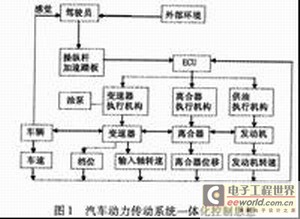
The function of the control system is to automatically adjust the transmission ratio and working state of the basic transmission components according to the driver's intentions and changes in the vehicle's driving environment, so as to achieve the best transmission efficiency and the best overall vehicle performance. Generally speaking, the vehicle control system is mainly composed of three parts: vehicle data acquisition system (sensor part), electronic control unit and actuator. 
(1) The composition of the vehicle data collection system (sensor part).
The vehicle runs and works according to the driver's intention, and the vehicle control system must be able to correctly identify and implement the driver's manipulation. The recognition of the driver's intention is to test the change of the vehicle control mechanism (such as accelerator pedal, brake pedal, steering wheel angle, etc.) through the sensor, and obtain it through analysis. 
The new-generation controller has comprehensive functions and very good control performance. It uses high-performance 16-bit or 32-bit microprocessors, and some even use customized microprocessors, which contain most of the functions required for control, simplifying The control circuit also enhances the function and reliability of the circuit. For example, Japan's JATC Q company products use NEC and Motorola 16-bit and 32-bit microprocessors; Germany's ZF company uses Motorola's 32-bit POWERPC microprocessor to develop a 5-speed automatic transmission-SHP19 shift controller. Because the microprocessor of the controller is updated, the shift control is more complicated, and the expansion of the peripheral circuit of the processor makes the input and output functions more powerful. In order to achieve greater improvement in control performance, not only control programs but also embedded real-time operating systems are used in these controllers. 
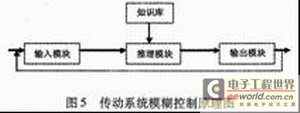
4 Conclusion
